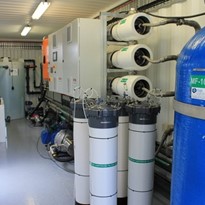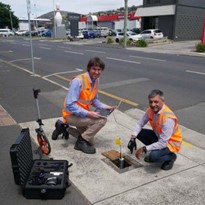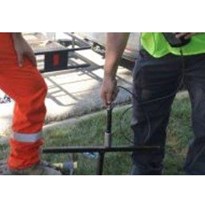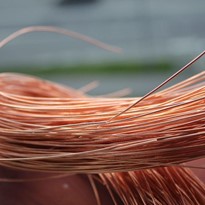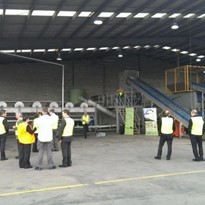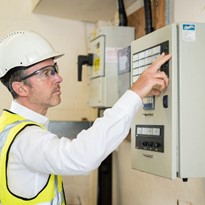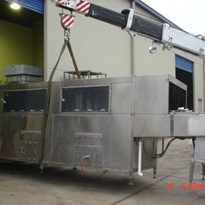Water loss through leaks and non-revenue water are a global issue of monumental scale. A 2018 Consumer Council for Water report revealed that in England alone more than three billion litres of water are lost from leaking infrastructure every day, making water leakage the number-one concern for UK water utilities’ customers.
Despite significant manpower-driven efforts to reduce leakage, it has actually continued to increase in recent years. The UK government has now put forward the scary scenario that the country could face water shortages by 2050. This is why it has pushed water regulator Ofwat to exert pressure on UK water utilities to step up their efforts and reduce leakage by 15 per cent over the coming five-year asset management period (AMP7) and force heavy investment programmes.
Due to the cost of pipe replacement, which can be hundreds of thousands of pounds per mile, finding and fixing leaks as early as possible is the only way to reduce water loss sustainably. But present methods are not suitable as armies of leak operatives assisted by low-technology tools can only scratch the surface.
“A host of new methods and technologies are available – satellite imagery, tracer gas leak detection, drones and smart metering, to mention a few – and can be useful tools in the toolbox of any utility. However, we maintain that the most effective approach remains the large-scale deployment of fully correlating acoustic sensors on the water network,” says Uri Gutermann, spokesman of leak detection technology specialist Gutermann.
Full correlation means cloud servers receive daily time-synchronised sound recordings from the pipe network which they systematically correlate with each other and can hence automatically identify even small leaks, based on their unique noise profile, and pinpoint their exact location on the pipe.
“We were the first to introduce full correlation in fixed networks 15 years ago and have since installed more than 300 projects around the world,” says Mr Gutermann, emphasising that commonly seen knee-jerk investments and quick-fix strategies are not sustainable long-term solutions.
“Leak reduction should be a long-term strategy and so should the investment decisions in leak detection technology. There is no reason why a significant, sustainable reduction in water loss can’t be achieved depending on how densely you install fully correlating loggers and how quickly you react to leak alarms.”
The third-largest city in France, Lyon, covered 1,200 kilometres of pipe network with Gutermann loggers in 2015 and reduced non-revenue water from 21 to less than 14 per cent in just three years.
“We can see a paradigm change in the UK too,” says Mr Gutermann. “In recent months, several UK water utilities have started to deploy Gutermann loggers on a large scale to monitor critical neighbourhoods or entire towns and cities permanently.”
Gutermann places the utmost importance on data availability and result accuracy of a permanent monitoring solution. For this reason, until now its technology has relied on its own radio infrastructure to lift data from underground pipes to above-ground data servers.
“The need for radio repeaters installed on lampposts has remained a necessary nuisance to achieve maximum system performance,” Mr Gutermann concedes. “We are therefore excited about the launch of our NB-IoT logger at the start of the fourth quarter this year, mitigating the need for repeaters and gateways, and significantly reducing system purchase and maintenance costs.”
Gutermann has identified NB-IoT as the most suitable internet of things communication technology for its purposes that will enable the company to send data straight from the logger underground to servers above ground through the cellular network, while maintaining a logger battery life of more than five years. This complements an overall vision to focus on a water leakage problem that is global in its extent, but especially critical in the UK.
Mr Gutermann concludes: “Leak detection technologies have come a long way, with permanent, correlating acoustic solutions being the most cost and result-effective method, and soon to be even more attractive through the harnessing of the internet of things in combination with cloud computing.
“If utilities adopt a strategic mindset in deploying modern, fully correlating acoustic fixed networks, I’m confident we can overcome the concerted global crisis that is water leakage.”


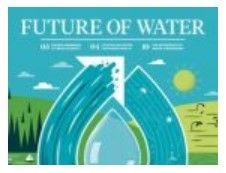
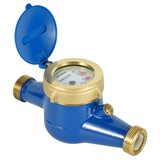
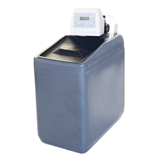

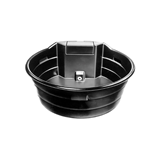
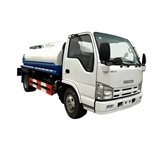

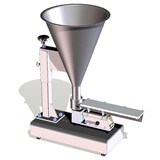
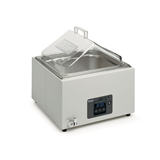
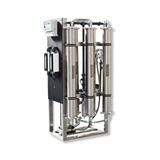
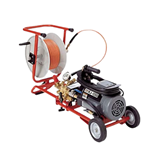
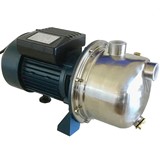


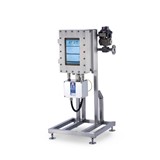
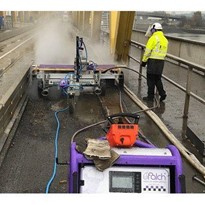

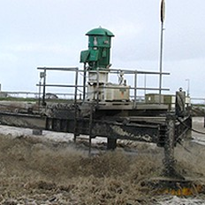
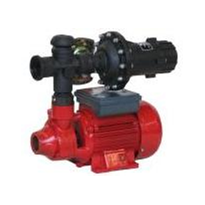

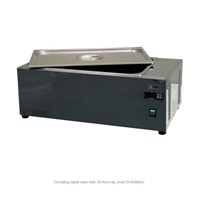
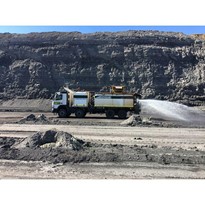
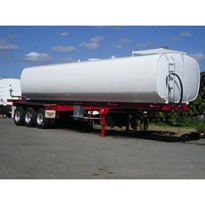
-205x205.jpg)
